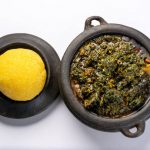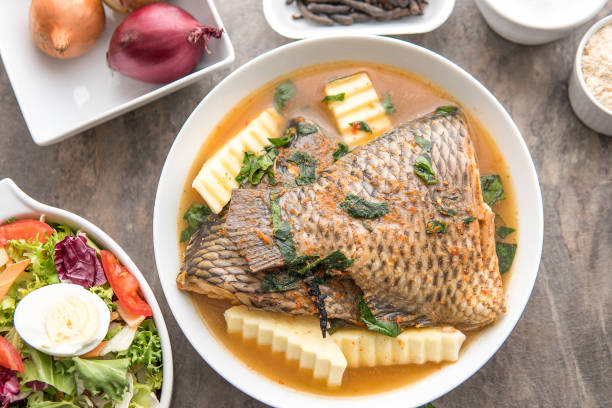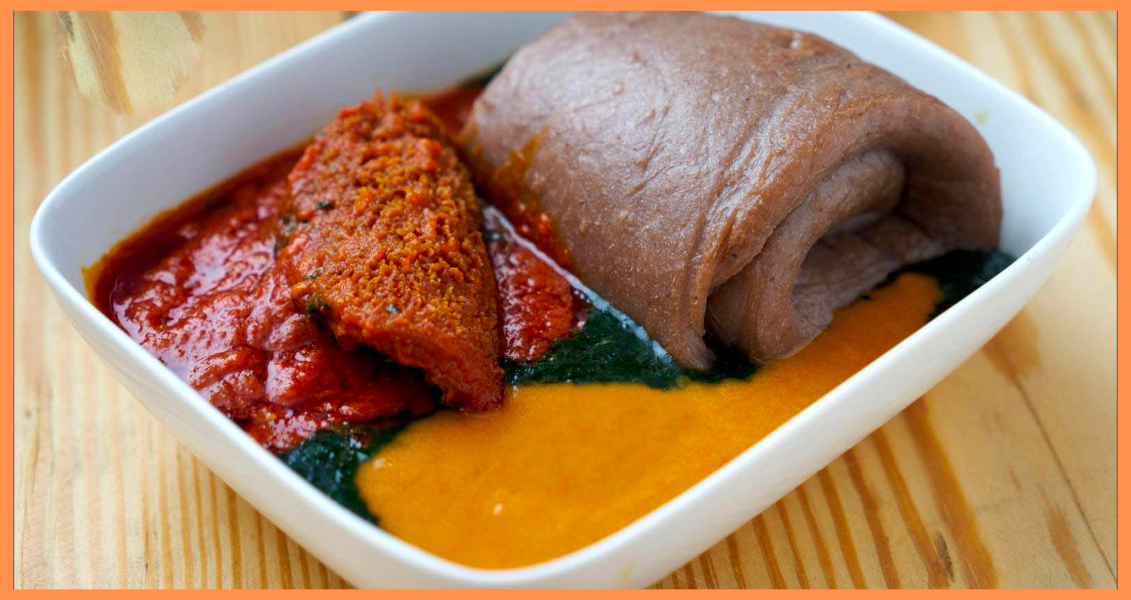Nigeria has always been known for its vibrant cultures and diverse ethnic groups, and boasts a culinary landscape that is as varied as Nigerians themselves. With over 360 different ethnic groups, it’s no surprise that one fascinating aspect of Nigerian cuisine is the presence of culinary twins — dishes that share similar variations across different tribes.
Sometime ago, a seemingly innocent tweet by a Nigerian chef with an image of Afia Efere Ebot, a delicate white soup from the southern part of Nigeria (the Efik & Ibibio tribes), nearly sparked a digital tribal war. In a matter of hours, conflicting responses from X users flooded in, debating the differences between Afia Efere Ebot soup shown in the image, and Ofe Nsala, its Igbo doppelgänger.
For those arguing, this soup is not ofe nsala, this is afia efere.
— Franca Gordon (@foxybrusque) November 2, 2023
Ofe nsala has ogiri in it, afia efere has yam(as thickner), uyayak(as spice and for it's medicinal properties), adusa leaves(aroma and heat).
Stop the blind argument. This is an AkwaCross traditional meal. https://t.co/n8Z2gbZSQZ
What started as a catfight turned into a unifying experience, as it highlighted the shared passion Nigerians have for their cultural dishes, each a masterpiece in its own right. There are many more culinary twins across tribes in Nigeria, so let’s explore the similarities between these seemingly distinct dishes.
Afia Efere Ebot & Ofe Nsala
Starting from where this story began, Afia Efere Ebot is a popular soup from the southern part of Nigeria, particularly in the Efik and Ibibio tribes, that literally translates to white soup. On the other hand, Ofe Nsala, also known as white soup, is savoured by the Igbo people of Nigeria.
These two soups are prepared with a light-coloured broth, earning them the name white soup — because they are prepared without palm oil. The major distinction here is the choice of thickener. The Igbo tribe use ogiri (fermented locust beans), while southern Nigerians use yam. There is also the presence of an Efik spice called uyayak in Afia Efere Ebot that’s absent in Ofe Nsala. However, in both soups, the choice of protein and a blend of spices gives the soup its unique taste.
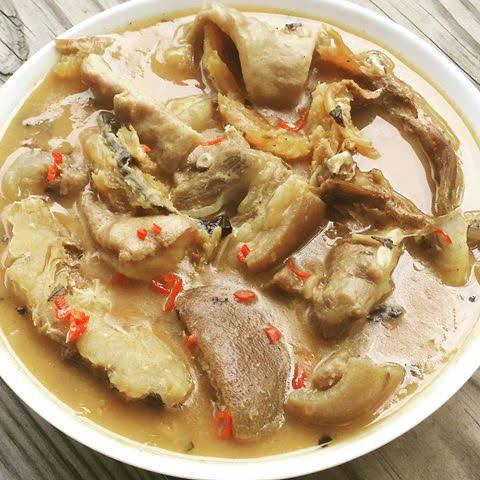
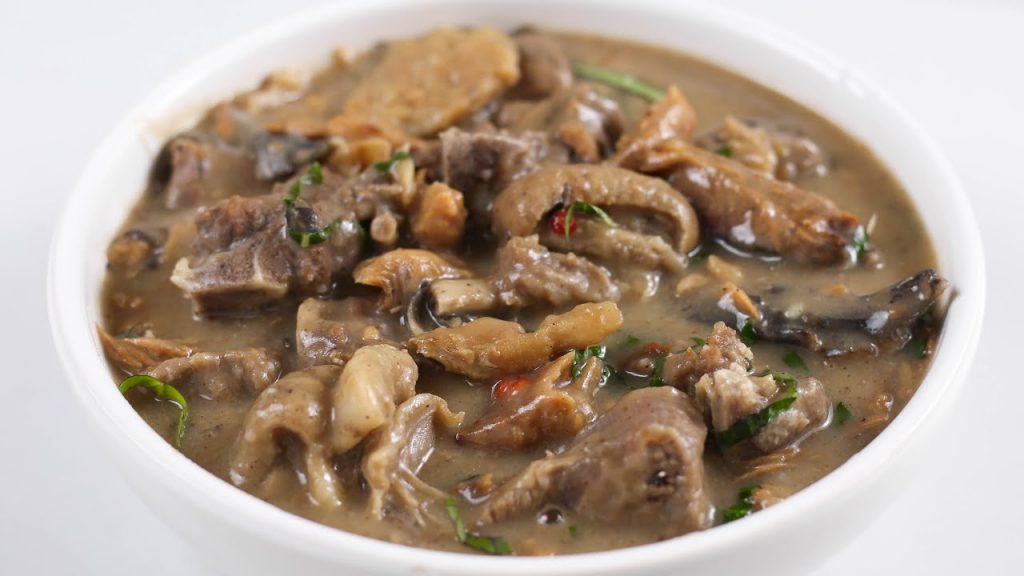
Ofe Akwu & Banga Soup
Moving onto another set of Nigeria culinary twins, two similar yet distinct dishes hold a special place in the hearts of both the Igbo and Urhobo people. Banga soup, a staple in Delta cuisine and a favourite of tribes like Urhobo, Isoko and Itsekiri, has a counterpart in the Igbo dish known as Ofe Akwu.
Banga Soup, originating from the Delta region, is a rich and aromatic palm nut soup, popularly prepared with fish. Banga soup has a thick consistency, contains a unique blend of banga spices, and is usually enjoyed with starch. Ofe Akwu shares similarities with Banga soup. Made from palm nuts as well, it typically has a slightly lighter consistency, contains ogiri okpei and scent leaves and is often eaten with boiled rice.
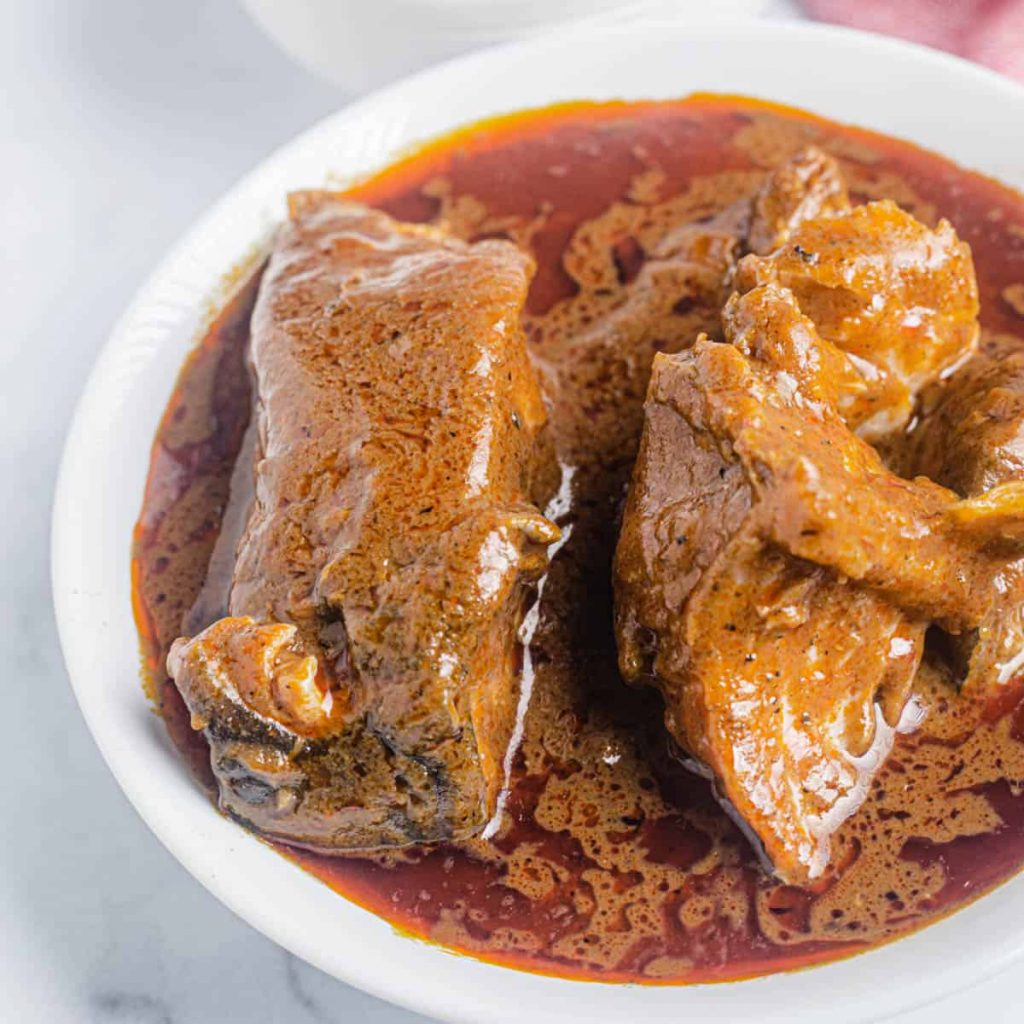
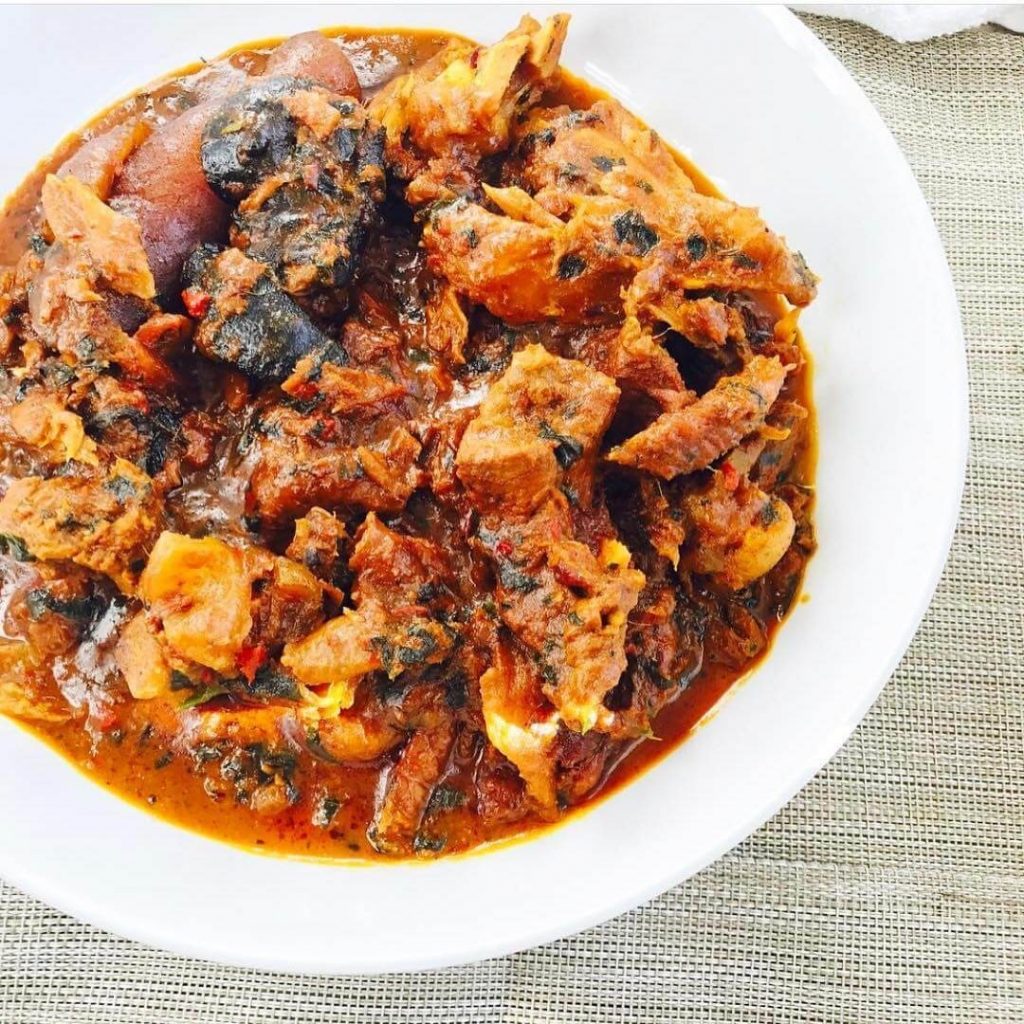
Miyan Geda & Groundnut Soup
Going all the way to the Northern part of Nigeria, one of the delicacies is Miyan Geda, which can be translated as groundnut soup. The Esan and Etsako people of Edo state also relish groundnut soup. The similarity here is clear, right? Both soups are made from groundnuts or peanuts, as they are sometimes called.
Nevertheless, both soups differ in certain aspects of their preparation methods. First, the Edo version of groundnut soup is prepared with roasted or fried groundnuts. Cooking Miyan Geda doesn’t require this step. Another difference is the spices and vegetables added to each dish. For Miyan Geda, you need a mix of daddawa (locust beans) and aleho (spinach) to bring the soup to life. On the other hand, the Edo people use bitter leaf or pumpkin leaves (ugu), and blend Uziza seeds with the roasted groundnuts to give it a unique flavour. Sometimes, they also add scent leaves to the soup.

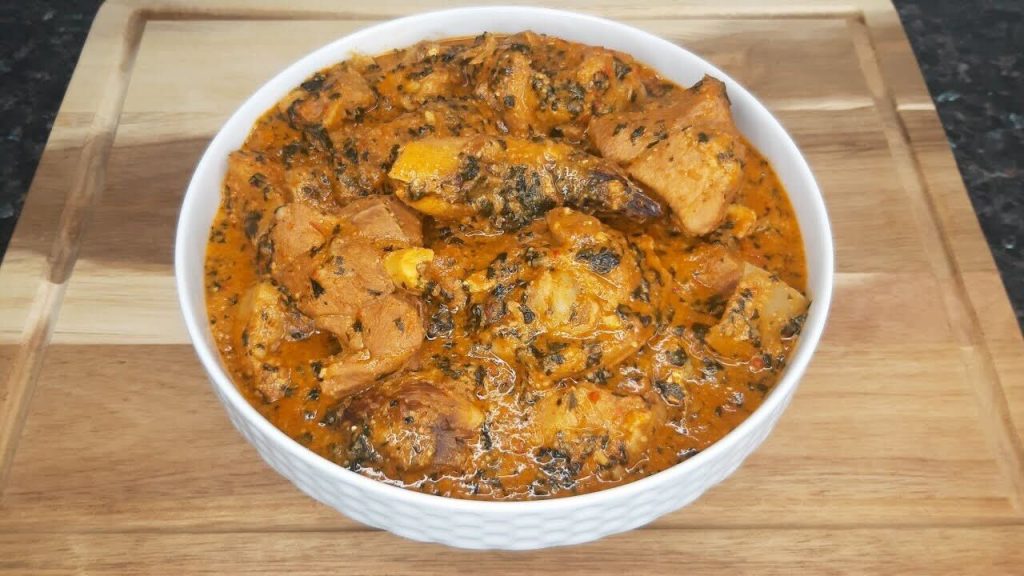
Gbegiri & Miyan Wake
If you know about the masterpiece that is Abula, then you probably know what Gbegiri is. But for the benefit of readers who aren’t cultured enough to love the mix of Amala, Ewedu and Gbegiri as much as we do, Gbegiri is a Yoruba soup made from beans. We’ve also found out that the Yoruba people aren’t the only ones with the great idea of making delicious soup from beans. Where there’s Gbegiri, there’s also Miyan Weka.
If you ask us, the major difference here is that Gbegiri hardly ever stands on its own and is often attached to Ewedu and the spicy stew that’s eaten with Amala, while Miyan Wake is a popular delicacy garnished with lots of obstacles and served with Tuwo Shinkafa. However, that isn’t the only disparity between the two dishes. The Yoruba people typically prepare Gbegiri with iru and crayfish, but Northerners use daddawa and sometimes add leaves like ugu and scent leaf into the mix.
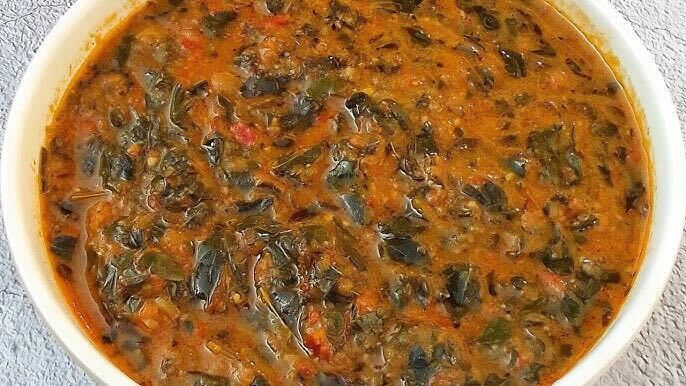

As we navigate through thousands of different Nigerian foods, we believe culinary twins bridge the gaps between tribes and celebrate the shared heritage of a culturally diverse nation like Nigeria. The difference in each of these dishes tells a story of tradition and culture, and highlights where food comes into play in the grand scheme of things.
For more interesting conversations about food, drinks and all-round adventure, subscribe to the Deliciously Newsletter!




